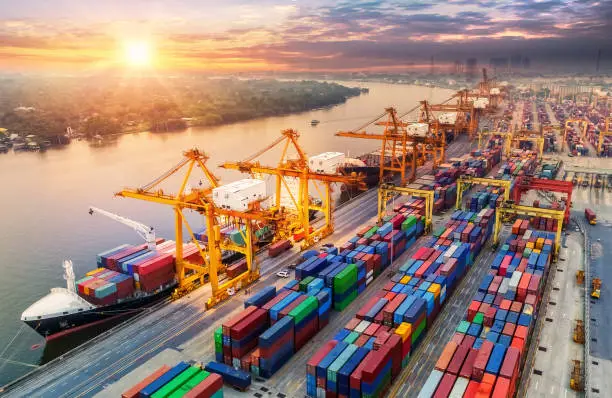Physical Address
304 North Cardinal St.
Dorchester Center, MA 02124
Physical Address
304 North Cardinal St.
Dorchester Center, MA 02124

Let’s dive into the tariff standoff between the U.S. and China—it’s a topic that feels like it’s everywhere lately. If you’re wondering why Beijing’s not flinching even as trade tensions spike, I want to break it down in a way that’s clear, professional, and feels like a real conversation. No jargon overload, just the heart of what’s going on.
Imagine you’re at a negotiation table, and the other side keeps raising the stakes. That’s where China is right now. The U.S. has rolled out hefty tariffs—some as high as 145% on Chinese goods. It’s a bold move, meant to squeeze China’s economy. But instead of backing off, Beijing’s hitting back with tariffs of their own, climbing to 125% on U.S. products. It’s not just a trade policy—it’s a high-stakes chess game with global consequences. So why’s China holding its ground?

First, there’s a sense of resolve at play. For Beijing, this isn’t only about economics; it’s about identity and influence. China’s leadership, under Xi Jinping, has worked hard to position the country as a global heavyweight. Stepping back now could signal vulnerability—not just to the U.S., but to their own citizens and other nations watching closely. It’s like refusing to fold in a tough meeting because you know your team’s counting on you to stand tall. For China, backing down isn’t just a policy choice; it feels like a loss of face.
Economically, China’s in a unique spot. They’ve got the world’s second-largest economy, and they’ve spent years building resilience. When tariffs bite, they’ve got tools to soften the sting: letting the yuan slide to boost exports, funneling support to key industries, and striking trade deals with countries outside the U.S. orbit. Sure, they’ve got challenges—think slowing growth or domestic debt—but Beijing’s betting they can weather this storm better than their opponents expect. It’s like they’ve got a financial rainy-day fund, and they’re not afraid to dip into it.

Then there’s the bigger picture. China’s not just talking to the U.S.—they’re speaking to the world. By standing firm, they’re pitching themselves as a reliable partner to places like Europe, Southeast Asia, and Africa. While tariffs disrupt global markets, Beijing’s working to build bridges elsewhere, saying, “We’re here for the long haul.” It’s a strategic move to gain trust and influence, not just today but for decades to come.
Of course, this isn’t just about leaders and spreadsheets. Tariffs ripple out to real people—think American farmers struggling to sell crops, Chinese workers facing uncertainty, or any of us paying more for everyday goods. Beijing knows the human cost but seems to believe they can manage it at home while framing the U.S. as the one escalating the fight. It’s a risky balance, no doubt, but it’s one they’re willing to try.
So, why’s Beijing not budging? It’s a mix of pride, preparation, and a vision for global leadership. They’re not just reacting to tariffs—they’re shaping how they want China to be seen in a shifting world. Whether that gamble pays off is anyone’s guess, but for now, they’re holding steady.
I’d love to hear your take—do you think this trade war will find a resolution, or are we in for more turbulence? Drop your thoughts below!